The Dog Days Are Over
La Perra
An unapologetic coming-of-age tale, La Perra dives straight into the paradoxes of female desire. A lonely and sometimes hurtful experience.

A naked woman with a bird’s head is getting ready for a sexual adventure. Anxiously clinging to her leg is a baby bird. As the child refuses to let go, she reaches out the window and picks up a stray dog from the street. The large but friendly female dog will keep her daughter company while she is on her date. Left with each other, the canine and girl develop a life-long friendship. However, the moment will soon come when the little bird must leave the nest and, like her mother, explore her own sexuality.
La Perra dives straight into the paradoxes of female desire and tells an unapologetic coming-of-age tale. Set in an imaginary animal kingdom where bodies are assembled in a collage-like manner, the film introduces us to human-like reptiles and birds. Beautiful, though at times grotesque watercolour animations bring characters to life in a minimalist style that resembles traditional Chinese ink-wash painting. Gentle brush movements on a white background, splashed spots of colour on transparent clothes; the aquarelle technique, in combination with a wet soundscape, gives the impression that the bodies are made of liquid. They bend and shapeshift, sensations and expressions further enhanced by their animal features. As every moment of touch produces a squelchy sound, sex scenes make for a rather uncomfortable watch.
At times, the film puts us in the position of a child witnessing sex for the first time. We see fragmented images of human and animal skin as a woman moans, and fish swim through the air. At one point, we travel through a tunnel of breasts, and a phallus penetrates something like alligator skin. It looks like the mating ritual of an alien species: incomprehensible and monstrous.
Perhaps this is why Carla Melo Gampert tells the story through humanoid birds. Crossings between birds and women appear often in folklore legends. The Harpies of Greek mythology were alluring yet horrific creatures who had the power to enchant men through beautiful singing. Their voices would drift across the seas and lure unfortunate sailors to their deaths. La Perra is set neither in the skies nor at sea but in a fantasy version of present-day Bogotá. The film does not seem to be interested in the male fear of animalistic female sexuality but rather in what happens when this monstrosity becomes internalised.
Through its creature-like bodies and squishy sounds, the film captures the alienation from one’s own body that comes with adolescence. The young bird-girl grasps her breasts in the bathroom mirror and they sound like a pair of filled water balloons. Looking down, she realises that thick strains of hair are bursting out from between her legs. This physical metamorphosis does not go unnoticed by the people around her, especially among men, whose newly found interest in her results in a number of unwanted advances. The only being who seems to be unbothered by her new body is her faithful dog.
Within the framework of a female coming-of-age story, the film touches upon the fragile relationship between an overbearing mother and a rebellious teenage daughter. The two of them fight (literally) like wild animals: shrieking, flapping their wings, and pulling each other’s beaks. Then, the day comes when it is finally time for the girl to leave her family. Remorsefully observed by her mother and eagerly followed by the dog, she prepares to go out and find independence in the big city. Although this time, the dog will not be able to come with her.
From here on, the tale becomes quite morbid. It shamelessly pulls you in and spits you out, finally abandoning you with feelings you have bottled up since you were a teenager. What started as an exposé of desire and adolescence turns into a painful testimony of female dissatisfactions regarding sex and relationships (or perhaps regarding men). The bird-girl experiences her first sexual encounter; it is unromantic and discomfortable. The kind of animalistic behaviour and expressions from before, where bodies bizarrely transform in pleasure, is even less appealing this time. A beak aggressively tugs on a nipple, sharp claws touch soft skin, and feathers rise in discomfort.
Through images of an unsatisfactory romance, the film reveals the price of female independence. It is a lonely and sometimes hurtful experience. Eventually, the bird-girl finds herself in a secluded existence far from home. Though one day, she is awoken by a familiar howl that reaches across the mountains, drifting through the wind like the voices of the mythical Harpies. It is her beloved dog.
Gampert’s watercolours travel across the screen and spread over landscapes like wing-strokes. As in traditional Chinese ink-wash painting, excessive details are reduced, and emphasis is put on charging every brush movement with meaning. The hand-drawn animations, with their limited colour palette and empty spaces, highlight the bodies and draw attention to the physical sensations of the characters, brilliantly exploring adulthood through the flesh.
Feathers, beaks, butts and breasts. La Perra is a daring portrayal of sexuality, womanhood and separation told via anthropomorphic birds in a fable-like coming-of-age story. At first glance, the vibrant animations make it seem like a fairy tale, even though this film is very concerned with reality. Its perceptive quality and attentiveness to the female experience make it an exceptionally raw illustration of what it means to become a woman.
This text was developed during the European Workshop for Film Criticism #4—a tandem workshop set during Filmfest Dresden and Vienna Shorts—and edited by tutor Anas Sareen.
The European Workshop for Film Criticism is a collaboration of the European Network for Film Discourse (The END) and Talking Shorts, with the support of the Creative Europe MEDIA programme.

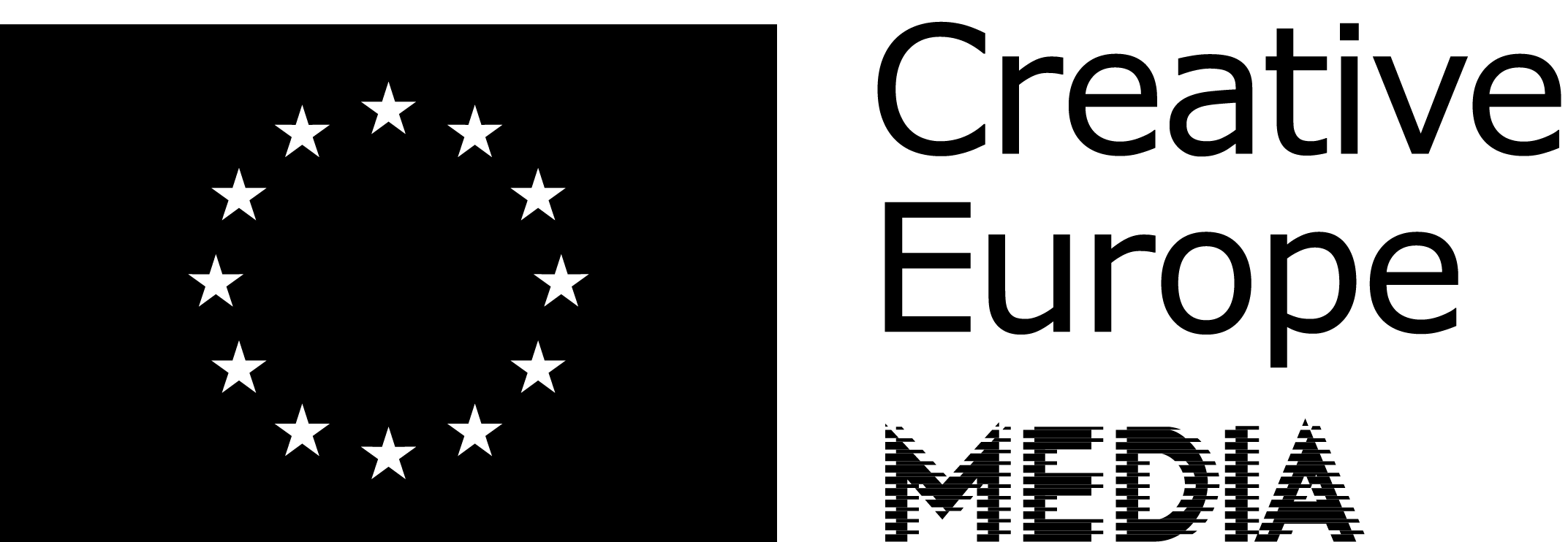
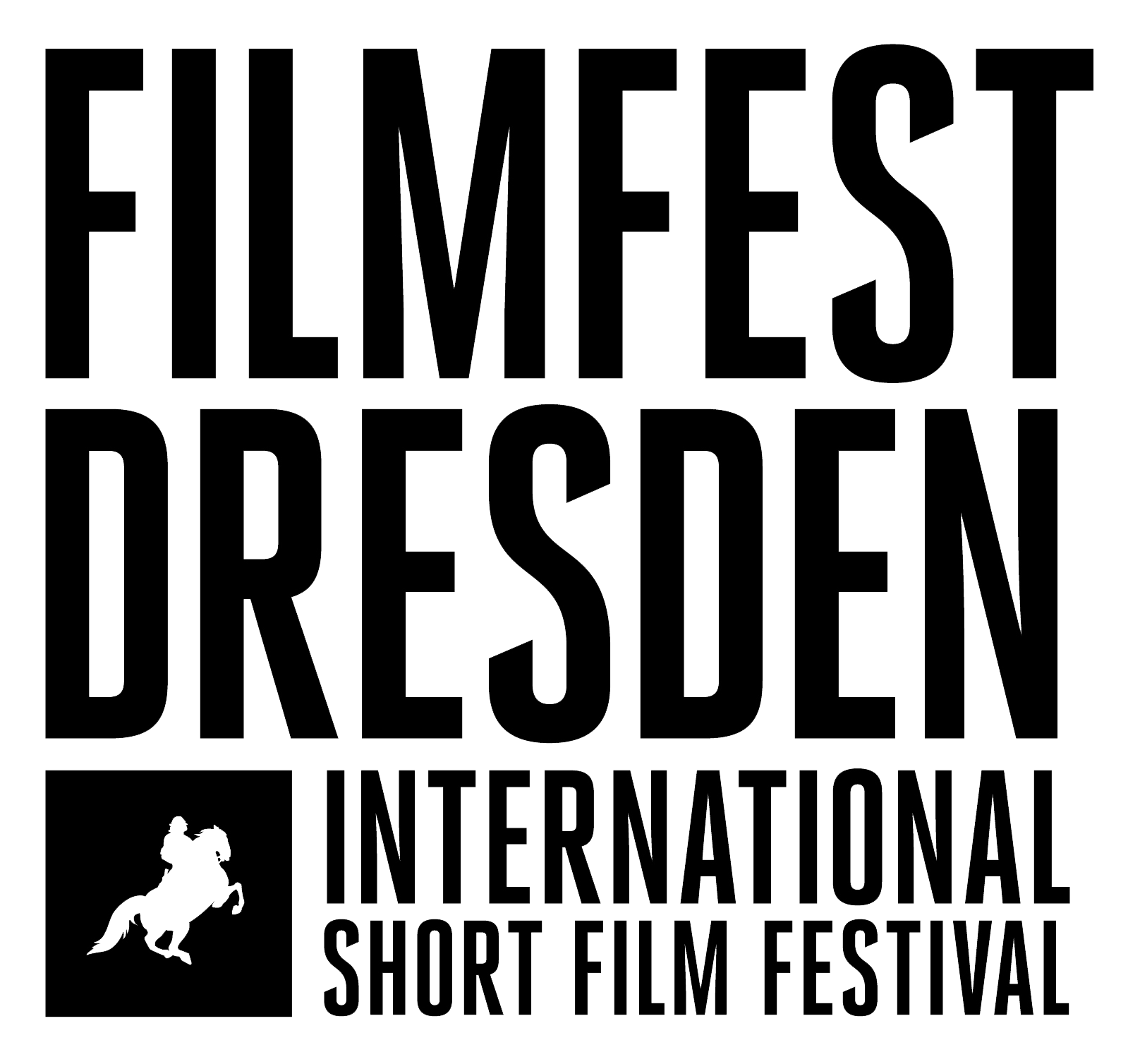
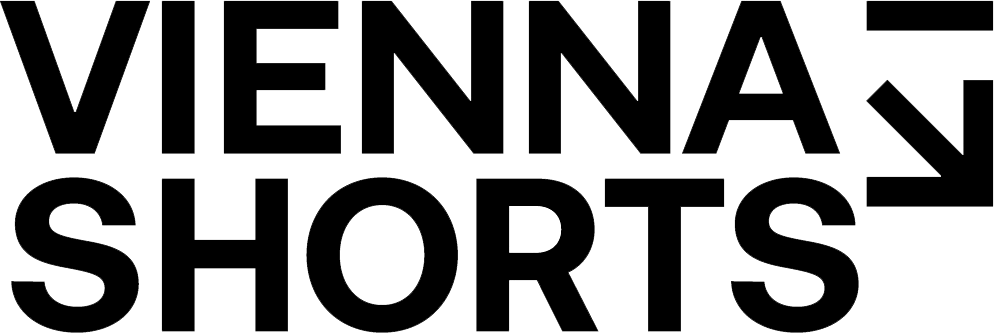
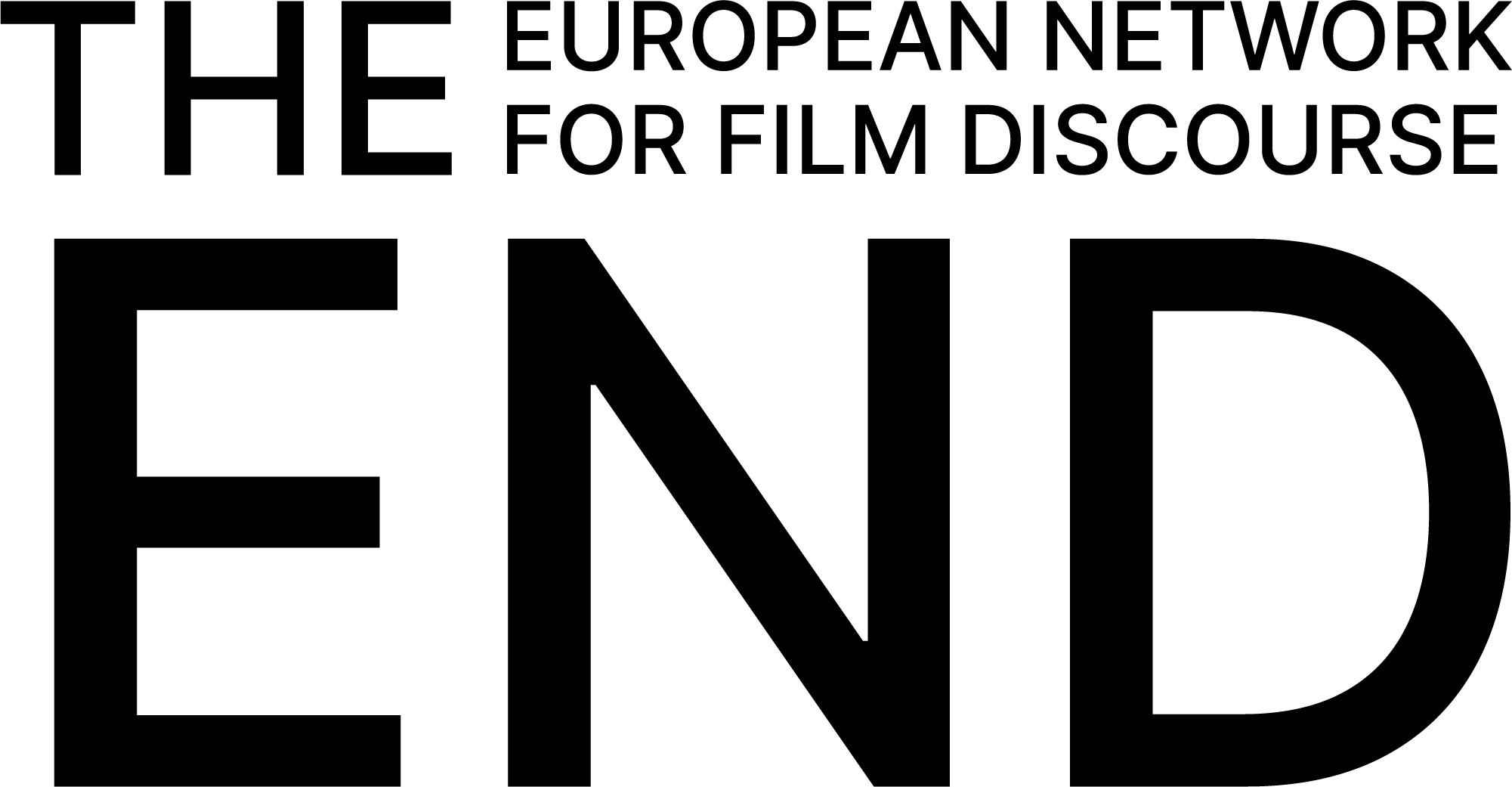
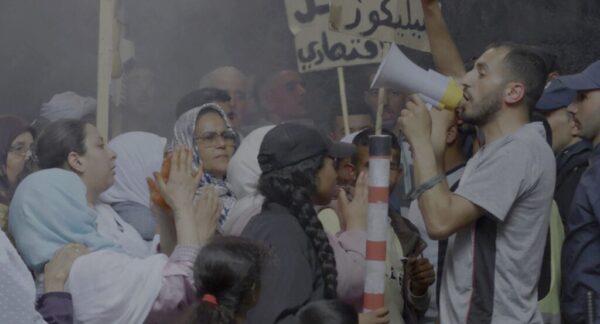
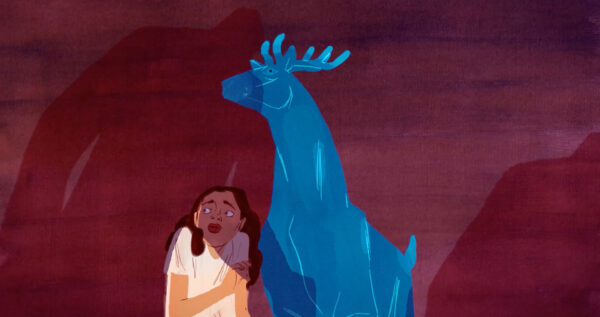
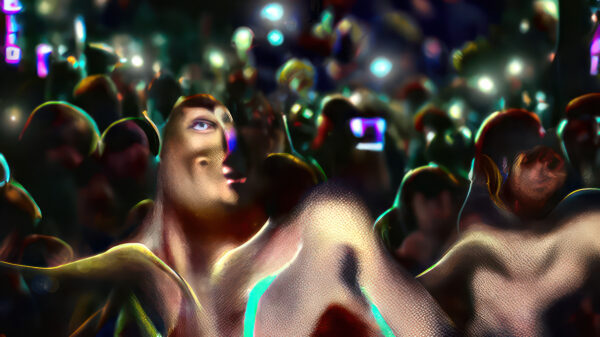
There are no comments yet, be the first!